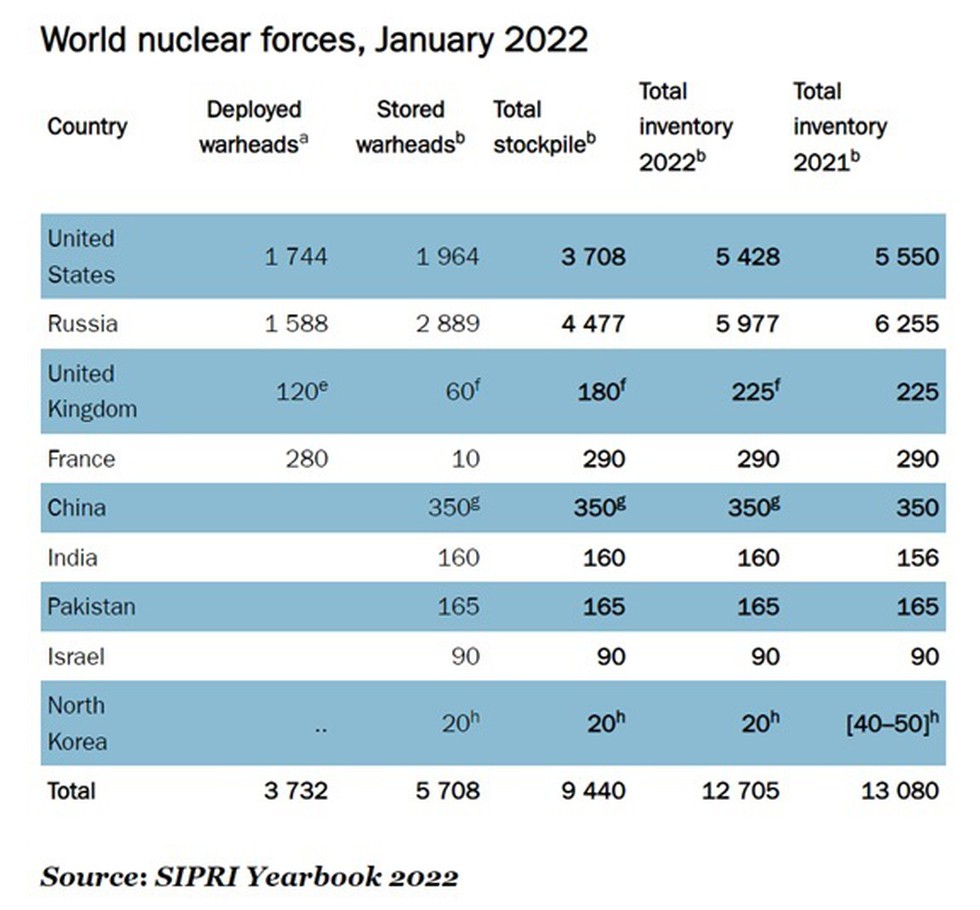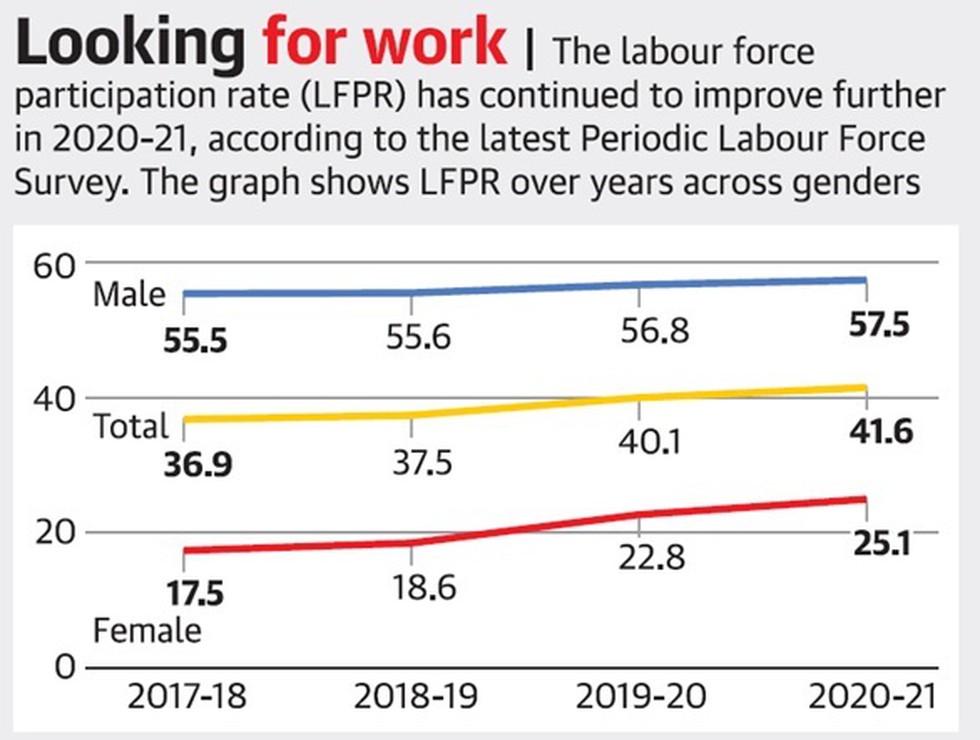1. NEW NORMS FOR CELEBRITY ENDORSEMENTS
The Government of India has tightened norms for endorsers, including celebrities and sportspersons, as they are now required to make material connection disclosures and undertake due diligence while doing advertisements.
About:
- According to new guidelines released by the Consumer Affairs Ministry, endorsements must reflect the honest opinions, beliefs or experiences of the endorsers.
- The endorsers have to make material connection disclosures and failing to do so will attract penalties under the Consumer Protection Act (CPA).
- Material disclosures mean any relationship that materially affects the weight or credibility of any endorsement which a reasonable consumer would not expect.
- Violation of these guidelines will attract a penalty of ₹10 lakh for the first offence and ₹50 lakh for the subsequent offence, under the CPA.
- The new guidelines “Prevention of misleading advertisements and necessary due diligence for endorsement of advertisements”, which came into effect in June 2022, have been issued to prevent misleading advertisements.
About:
- While eggs-within-eggs are a rare phenomenon, they are so far known to occur only in birds and never known in reptiles. Until this discovery, no egg-in-egg fossil egg was found in dinosaurs and other reptiles such as turtles, lizards and crocodiles.
- The findings talk about the “egg-in-egg” phenomenon in a titanosaurid dinosaur egg found at Bagh in Madhya Pradesh’s Dhar district . The new discovery of an ovum-in-ovo egg, brings out newer connections between reptilian and avian evolution.
- Dinosaurs of the Sauropod family were among the largest land animals that ever lived and widespread millions of years ago in the territory that is now India. Fossils of these animals have been found in Gujarat, Madhya Pradesh and Meghalaya.
- The Upper Cretaceous Lameta Formation of Central India is long known for its dinosaur fossils (both skeletal and egg remains).
About:
- While in Punjab, West Bengal and Assam, the BSF jurisdiction, from the border towards the hinterland, was enhanced from the earlier 15 km to 50 km, in Gujarat the same limit has been reduced from 80 km to 50 km, while in Rajasthan the limit has been kept unchanged at 50 km.
- The Border Security Force (BSF) is India's border guarding organisation on its border with Pakistan and Bangladesh.
- It is one of the seven Central Armed Police Forces (CAPF) of India, and was raised in the wake of 1965. It comes under the Ministry of Home Affairs.
About:
- The draft said the current national programme on prevention of disabilities run by the Health Ministry focused on “traditional causes”, but there were other causes of disability, such as malnourishment, medical negligence, socio-cultural factors and impairment caused by disasters.
- The Rights of Persons with Disabilities (RPD) Act, 2016, also expanded the number of disabilities from seven to 21.
- The policy said the States and Union Territories should add a provision on compliance with the RPD Act when granting permission or recognition to educational institutions. A module on disability should be included in MBBS and other medical courses.
- To make vehicles more accessible, the policy said: “The Ministry of Road Transport and Highways will issue necessary guidelines for making modification in the personal vehicles being used by persons with disabilities as per requirement.”

Findings:
- A key finding is that despite a marginal decrease in the number of nuclear warheads in 2021, nuclear arsenals are expected to grow over the coming decade.
- Russia and the USA together possess over 90 per cent of all nuclear weapons.
- India had 160 nuclear warheads as on January 2022 and it appears to be expanding its nuclear arsenal. While India’s nuclear stockpile increased from 156 in January 2021 to 160 in January 2022, Pakistan’s nuclear stockpile has remained at 165.
- China is in the middle of a substantial expansion of its nuclear weapon arsenal, which satellite images indicate includes the construction of over 300 new missile silos. China had 350 nuclear warheads in January 2021 and 2022.
About:
- This idea of serving ‘justice’ through bulldozers emanated in Uttar Pradesh.
- In the wake of protests against the Citizenship (Amendment) Act, 2019 the Uttar Pradesh government passed orders to recover damages from those who were allegedly involved in destroying public property. This process has been further institutionalised through the enactment of the Uttar Pradesh Recovery of Damages to Public and Private Property Act, 2020.
Violation of Rights
- Several commentators have already pointed out that the use of such brute state power violates various domestic and international legal provisions.
- The right to housing is not only a fundamental right recognised under Article 21 of the Indian Constitution, it is also a well-documented right under Article 25 of the Universal Declaration of Human Rights (UDHR).
- The right to property under Article 300A of the Indian constitution is a human right, former Supreme Court judge Justice V. Gopala Gowda said.
- Likewise, Article 11.1 of the International Covenant on Economic, Social and Cultural Rights (ICESCR) recognises the right to adequate housing.
- According to the UN Human Rights Office, an integral element of the right to adequate housing is ‘protection against forced evictions.
About:
- This study, an annual one commissioned by the Reuters Institute for the Study of Journalism, tracks how news is consumed in different countries.
- This year’s report, the eleventh overall, is based on a survey conducted by YouGov, a British market research and data analytics firm.
What are the major trends highlighted in the report?
- It flags six major trends which could have wider socio-political implications.
- Firstly, people are trusting news content less and less. The average level of trust in news, at 42%, was found to be lower than the previous year.
- Second, consumption of traditional news media declined in nearly all the countries surveyed.
- Third, the proportion of news consumers who say that they “avoid news” has risen sharply across countries, with the report describing the phenomenon as “selective avoidance”.
- Fourth, despite small increases in the proportion of people willing to pay for online news (mostly in richer countries), the growth in digital subscriptions for news content seems to be leveling off.
- Next, “the smartphone has become the dominant way in which most people first access news in the morning”.
- Finally, news consumption is increasingly happening via social media platforms such as Facebook and TikTok rather than traditional media.
What does the report say about trends in India?
- India is a strongly mobile-focused market. 72% of the survey respondents accessed news through smartphones and 35% did so via computers.
- Also, 84% of the Indian respondents sourced news online, 63% from social media, 59% from television, and 49% from print. YouTube (53%) and WhatsApp (51%) were the top social media platforms for sourcing news.
- India registered a small increase in the level of trust, with 41% trusting news overall.
- While legacy print brands and public broadcasters continued to have high trust levels , only a minority — 36% and 35% — felt that the media was free from undue political influence and from undue business influence respectively.

About:
- This means that only 4.2% of adults who looked for jobs could not get any work in rural and urban areas of the country in 2020-21.
- Rural areas recorded an unemployment rate of 3.3% and urban areas 6.7%.
- The Labour Force Participation Rate (LFPR), the percentage of persons in the labour force (that is, working or seeking work or available for work) in the population, was 41.6% during 2020-21. It was 40.1% in the previous year.
- The Worker Population Ratio (WPR) was 39.8%, an increase from 38.2% of the previous year. The WPR is defined as the percentage of employed persons in the population.
- Migrants are defined in the survey as a household members whose last usual place of residence, at any time in the past, was different from the present place of enumeration. The migration rate, according to the survey, is 28.9%. The migration rate among women was 48% and 47.8% in rural and urban areas, respectively.
About:
- Indian refiners bought about 25 million barrels of Russian oil in May 2022, or more than 16% of all their oil imports.
- Russian-origin crude hit 5% of India’s total seaborne imports in April for the first time, rising from under 1% throughout 2021 and Q1 2022. Iraq remained the top supplier to India in May and Saudi Arabia is now the third-biggest supplier.
About:
- As part of the tie-up, TotalEnergies would acquire a 25% stake in Adani New Industries Ltd. (ANIL), a unit of Adani Enterprises Ltd. (AEL).
- The joint venture aims to invest $50 billion over the next 10 years to set up the green hydrogen ecosystem. In the primary phase, ANIL will develop a green hydrogen production capacity of 1 million tons per annum at Mundra before 2030.
- Green hydrogen gas is produced by splitting water into hydrogen and oxygen using an electrolyzer that may be powered by electricity generated from renewable energy sources.





























































































































































.png)
.png)
.png)
.png)
.png)


.png)
.png)
.png)





.png)
.png)






.png)
.png)
.png)
.png)
.png)
.png)
.png)
.png)
.png)

.png)







.png)
.png)


.png)
.png)
.png)


.png)

.png)
.png)





.jpg)

.png)
.png)


.png)

.png)
.png)
.png)

.jpg)

.jpg)


.png)

.png)
.png)
.png)
.png)
.png)
.png)
.png)
.png)
.png)
.png)




.png)

.png)





.png)
.png)
.png)
.png)
.png)
.png)
.png)
.png)
.png)
.png)
.jpg)
.jpg)

.png)
.png)
.png)
.png)
.png)
.png)
.png)
.png)
.png)
.png)
.png)
.png)
.png)
.png)
.png)
.png)
.png)
.png)
.png)
.png)
.png)
.png)



.png)
.png)

.jpg)
.jpg)


.jpg)
.jpg)
.jpg)
.jpg)
.jpg)

.jpg)








.jpg)
.jpg)
.jpg)
.jpg)
.jpg)

















.jpg)
.jpg)







.jpg)


















.jpg)
.jpg)






























































































.jpg)
.jpg)


























.jpg)

.jpg)







.jpg)








.jpg)




.jpg)










.jpg)


















.jpg)












































.jpg)














.jpg)
.jpg)
.jpg)





.jpg)

.jpg)
.jpg)





































































.jpg)


































.jpg)
.jpg)
















































.jpg)












.jpg)


.jpg)




.jpg)
.jpg)
.jpg)

.jpg)
.jpg)
.jpg)
.jpg)

.jpg)
.jpg)
.jpg)

.jpg)
.jpg)
.jpg)
.jpg)
.jpg)
.jpg)
.jpg)
.jpg)

.jpg)


.jpg)
.jpg)
.jpg)
.jpg)
.jpg)
.jpg)
.jpg)
.jpg)
.jpg)
.jpg)











.jpg)
.jpg)





.jpg)
.jpg)
.jpg)
























.jpg)
























.jpg)









.jpg)
.jpg)







.jpg)
.jpg)









































.jpg)
.jpg)
.jpg)
.jpg)
.jpg)

.jpg)
.jpg)
.jpg)
.jpg)
.jpg)


.jpg)
.jpg)
.jpg)
.jpg)
.jpg)

.jpg)
.jpg)
.jpg)
.jpg)
.jpg)
.jpg)
.jpg)
.jpg)
.jpg)
.jpg)
.png)

.png)
.png)

.png)
.png)
.png)
.png)


.jpg)
.jpg)

.jpg)
.jpg)
.jpg)

.png)
.png)
.png)
.png)
.png)
.png)
.png)

.png)
.png)
.png)
.png)
.png)
.png)
.png)
.png)
.png)
.png)





































































-min.png)



.png)




.png)








































